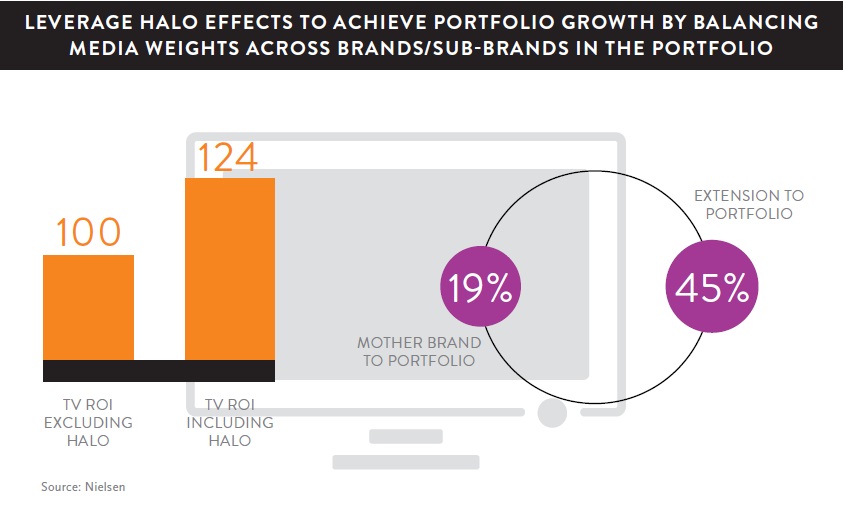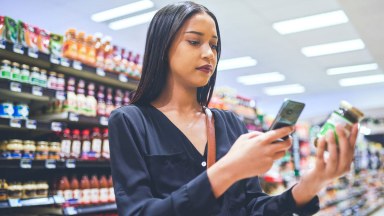It’s tough being a marketer today. Consumers have a barrage of choices in front of them, leaving marketers scrambling to establish value, stand out and deliver. Marketers need ingenious ways to reach and increase brand appeal, and find their way into consumers’ shopping carts. Add to it a cluttered media landscape and rapid advancements in technology, brands are finding themselves increasingly challenged to capture consumer mind share. The irony of their position is that brands are advised on the efficacy of their media plans and campaigns by the very agencies who create them, which effectively defeats the purpose of independent return on investment (ROI) evaluation.
In the midst of stiff competition and increasing budget concerns, brands want to know where and how to spend effectively. That’s where marketing mix modelling (MMM) can help. MMM helps brands achieve their objectives by studying the historical relationship between marketing spending and business performance. The MMM framework helps marketers understand the sales drivers and the ROI on their marketing investments. It addresses many challenging questions that a marketer faces, including prioritising and optimising choice of media, timing of exposure, the size of investment and more.
While every brand has unique dynamics, there are some guiding principles that apply to them all:
Mirror Mirror On The Wall, Who Has The Highest ROI Of All
Brands need to evaluate current ROI for their offerings across media platforms. They would need to be creative and step out of their comfort zones to stand out from the growing clutter. Moreover, digital media is a critical piece that can’t be ignored. Nielsen has observed digital ROIs to be twice as efficient as TV, and so for most brands, digital now needs to be an integral part of the media plan rather than a separate strategy.
Say Hello To Halo!
When two portfolio brands in consumers’ minds have a connection, advertising for one brand may drive results for the sister brand. This is called the “halo effect.” Our studies show that established brands benefit from the halo effect of media supporting new extensions, or sub-brand launches that are under a single brand umbrella.

Optimising Media Spends – A Universal Essential
The law of diminishing returns exists everywhere, including in the world of media planning. Nielsen research across multiple brands shows that because of flighting and buying of spots, more than two-thirds of the delivered GRPs in a given week are suboptimal (either too low or too high), suggesting considerable scope for GRP optimisation. Understanding flighting patterns will help marketers optimise their media spends.
Tender Love And Care Even In The Second Year
Just like babies need care even after the first 12 months, so does a brand’s media mix plan! Brands need to provide adequate support in the second year of launch in order to generate incremental trials and ensure repeat purchase behaviour. Ideally, companies should view products as “new” for two years and support them with incremental media support.
Friend Of A Friend
The influence that various media have on one another is a key aspect in advertising today. There are multiple underlying connections amongst different media which need to be understood and analysed in order to attribute sales accurately to the different vehicles.
For more details, download the full report (top right).



